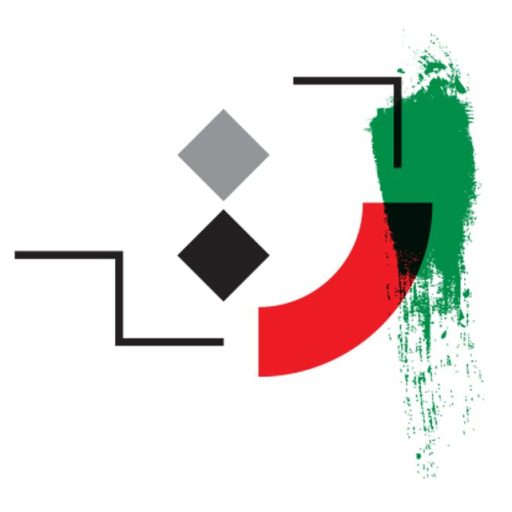Sadegh Hedayat
Hedayat was born to a northern Iranian aristocratic family in Tehran. His great-grandfather Reza-Qoli Khan Hedayat Tabarestani was a well-respected writer and worked in the government, as did other relatives. Hedayat’s sister married Haj Ali Razmara who was an army general and among the prime ministers of Iran under Shah Mohammad Reza Pahlavi.[1] Another one of his sisters was the wife of Abdollah Hedayat who was also an army general.... more
Iranian author who introduced modernist techniques into Persian fiction. He is considered one of the greatest Iranian writers of the 20th century…. more
Sadeq Hedayat, the foremost short story writer of Iran, was born in 1903. He was of a highly educated aristocratic family. After finishing his primary education, he was sent to a French school to study French. He received his secondary education there, and was sent to Europe on a government scholarship to study dentistry. He shortly gave up dentistry for engineering, and engineering for the study of pre-Islamic languages and ancient culture of Iran….. more
In April 1951, the police in Paris called on my great-grandfather, Prince Mohamed-Hussein Firouz, to identify a dead body. It was that of Sadeq Hedayat, who is today eulogized as Iran’s great literary modernist. Days before, Hedayat had sealed up the apartment on Rue Championnet where he was staying and opened up the oven’s gas valve before lying down on the kitchen floor… more
Sadegh Hedayat Books at Amazon… more
Born to an aristocrat family, Hedayat studied at the French high school in Tehran and then went to Europe to study dentistry which he later abandoned. He wrote many short stories, novels, and some satirical materials. His most famous book is the novella “The Blind Owl”. Hedayat committed suicide by gassing himself in Paris, and is buried at Pere Lachaise cemetery… more
hese are the words of Sadegh Hedayat in his surrealist novel, The Blind Owl. As one of the greatest Iranian writers of the twentieth century, Hedayat pioneered literary modernism in Persian literature and novel folklore. Among numerous translations and literary works in his record, The Blind Owl, published somewhere between 1930 and 1937, has been regarded as his magnum opus and a literary achievement equal to the works of great writers like Edgar Allan Poe and contemporaneous authors such as Albert Camus, Anton Pavlovich Chekhov and Frantz Kafka… more
